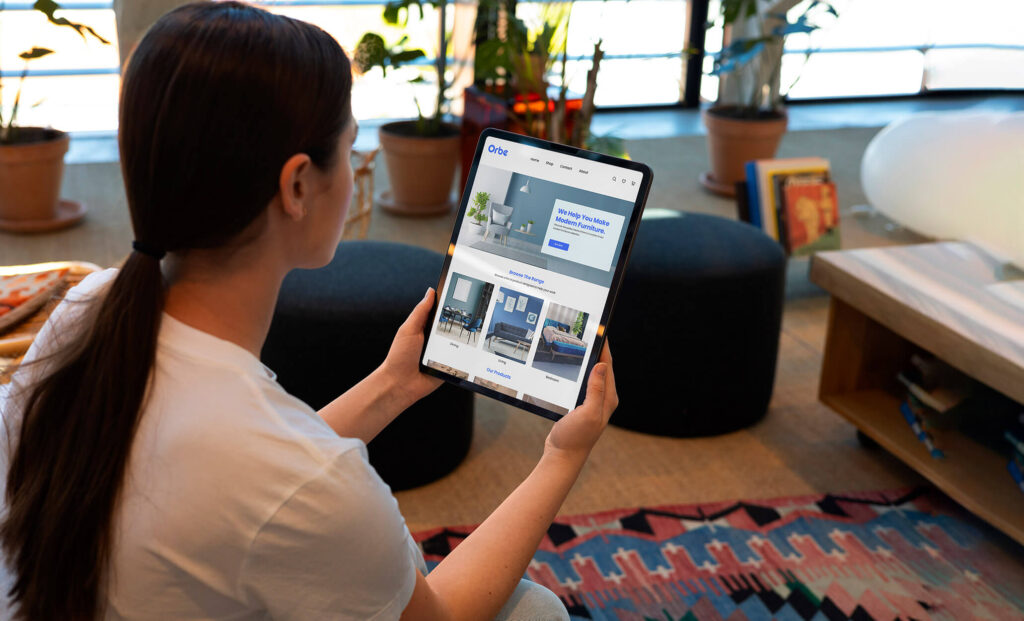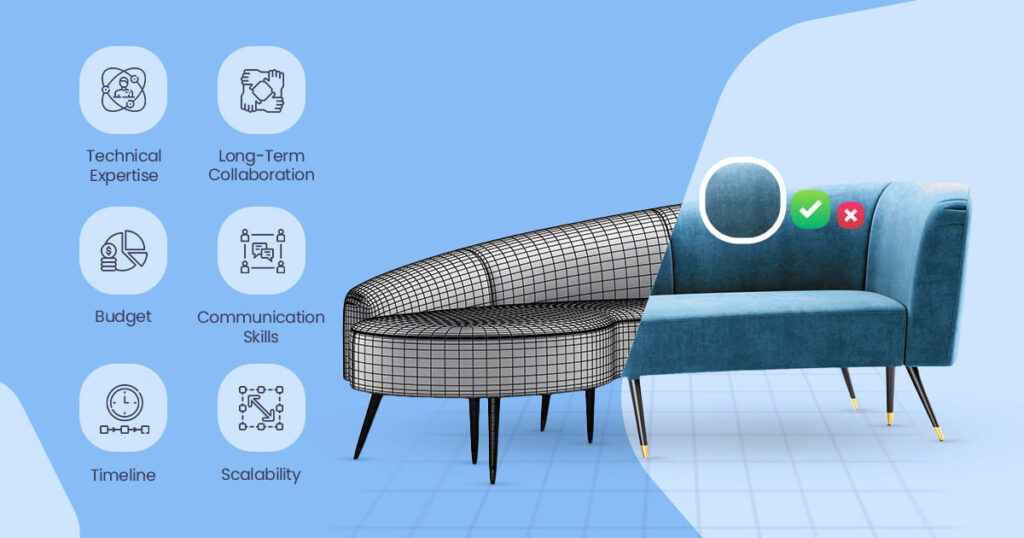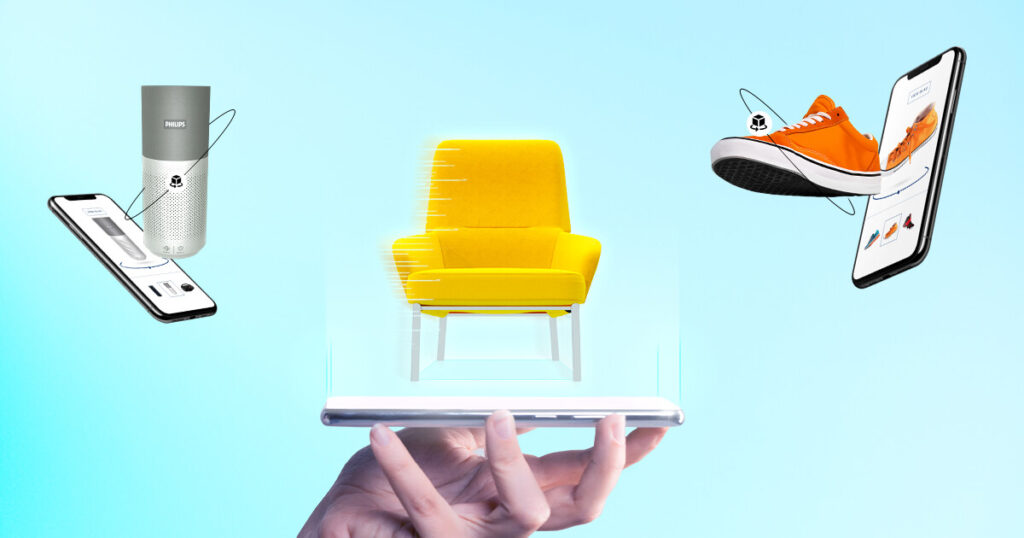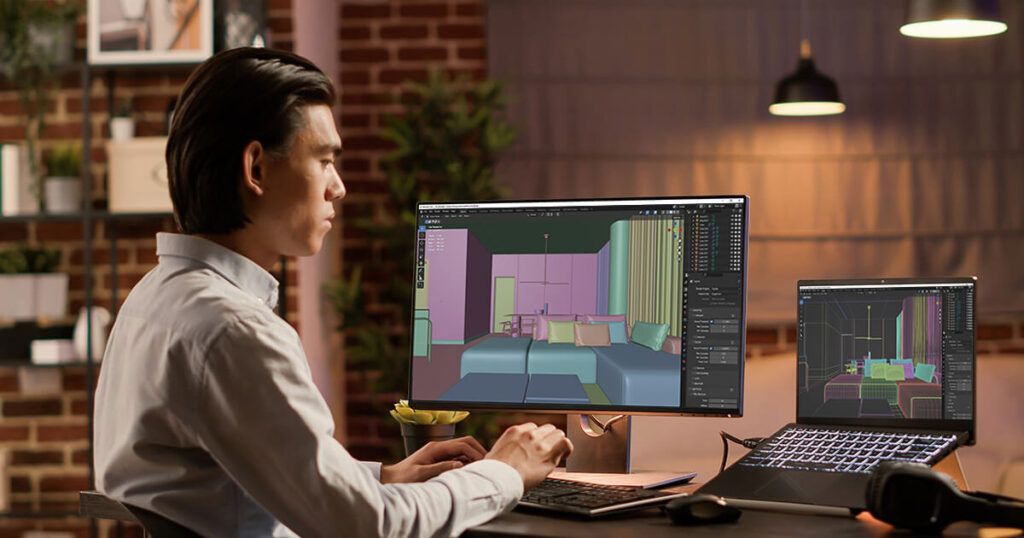3D lifestyle product photography comes in three main types. Studio setups, outdoor settings and home environments. Some show products in cozy homes, whereas some are in busy offices. Again, others show up in an impressive outdoor environment.
Why explore the right types of 3D lifestyle scenes product photography are necessary? Because picking the right one ensures significant benefits. It can highlight a product’s best features, making it shine. Different styles create different vibes. But the right one can make customers feel closer to a product.
So, great photos can catch the eyes, pull hearts and open wallets. Let’s learn the different types of the 3D lifestyle scenes category.

Exploring Different Types of 3D Lifestyle Scenes Product Photography
In the world of the 3D lifestyle scenery category, there are various types of scenes to explore. Choosing the right scene depends on the product variation. I’m going to dive into an in-depth discussion:
Studio-Based Product Photography
It means taking photos of products in a controlled environment. This often involves a plain backdrop, professional lighting equipment and various props or tools. These supplements ensure the position of the product. It helps to showcase the product’s features, design and functionality clearly.
Importance of Controlled Lighting and Backdrops
In a studio, controlling light and using the right backdrop make products look glossy. It ensures the right feel and gives a polished look. Let’s learn how it works:
-
Lighting
I can control the intensity, direction and quality of light to my specific needs. This means devoid of unwanted shadows, glares, or reflections.
Indeed, lighting ensures all products are shot under the same conditions. This efficiency is important for consistency, especially in online stores. Again, proper lighting brings out the uniform textures and true colors of a product.
-
Backdrops
A simple backdrop turns the customer’s attention to the product. I can easily change backdrops to fit different products or set specific moods. Also, It gives a neat, clean and professional appearance to the product images.
How Studio Settings Create a Polished Product Appearance?
Studios provide a controlled, adaptable and clear environment. It makes products shine and stand out without any distractions. Let’s explain the process:
-
Precision
Photographers can adjust everything perfectly. They capture the angle of the product to the positioning of lights.
-
Flexibility
The use of various tools like turntables, reflectors and diffusers enhances the product’s look.
-
Consistency
Whether it’s 10 products or 100. Studio settings ensure all photos maintain the same quality and style.
-
Professionalism
A studio-shot product often looks more professional. It enhances the trustworthiness of the things.
So, it’s a vital tool for businesses to show their items professionally. Using the right lighting and backdrop, I can highlight products naturally. It increases product appeal to customers.

Outdoor Lifestyle
Photographing products outdoors means capturing them in natural environments. This approach uses natural light and settings to exhibit products in real-world scenarios.
For example, customers want to buy outdoor furniture in gardens. Imagine placing a wooden bench amidst blooming flowers. The scene not only highlights the design of the bench but also lets customers visualize how it might look in their own gardens.
How Outdoor Settings Create a Natural and Relatable Feel?
Photographing products outdoors provides a natural, authentic touch of things. It helps customers visualize the product in their own life and surroundings. Let’s learn it’s specific quality:
-
Real-World Connection
Seeing a product in a natural, everyday setting helps people relate to it. They can easily imagine it in their own lives.
-
Mood & Atmosphere
The golden glow of a sunset or the calm of a quiet morning can evoke feelings. These moods can enhance the appeal of a product.
-
Authenticity
Outdoor shots often feel less “staged” than studio photos. Customers can get the actual touch of genuineness from here.
-
Variety
Nature offers a diverse range of backdrops – from green meadows to urban streets. This variety can match different product vibes.
Whether it’s furniture in a garden, outdoor lifestyle photography makes products feel real and relatable.
-
Home or Interior Scenes
This means photographing products inside homes or rooms. It’s like creating a scene from everyday life.
This type focuses on showing how products look and fit in real living spaces. It makes them more appealing and understandable for customers.
Let’s see the examples of Settings:
-
Living Rooms
I can display a new sofa or coffee table in a decorated living room. This lets customers see its size, style and astonishing look. They can also see how it is agreeable with other furniture.
-
Kitchens
I can place a new blender or kettle on a kitchen counter. It helps to show how much space it takes, its design, and how it can be a part of daily kitchen routines.
-
Bedrooms
I can exhibit bed linens, lamps or wardrobes in a bedroom setting. It helps customers understand. The visual photos show how these items can enhance the comfort and aesthetics of their space.
How Home Settings Help Customers Visualize Product Placement?
By showing products in real living spaces, customers can easily see, feel and plan. They can measure how to incorporate them into their own lives. Let’s explore how it turns the product into a part of a dream home:
-
Familiar Context
Customers see a product in a familiar setting, like a bedroom or kitchen. It’s easier for them to imagine it in their own homes.
-
Practicality
It demonstrates the usage of a product in a room. This can answer questions like, “Will this table fit next to my bed?”
-
Aesthetics
A product might look good on its own. But seeing it in a well-decorated room can enhance its appeal. It can become not just a purchase but a part of a desired lifestyle.
-
Emotion
A beautifully set dining table or a cozy reading nook can evoke feelings. Customers might think, “I want my home to feel like that.”
Using home or interior scenes in product photography brings products an astounding look. It makes them more than just items to buy for a dream home.
-
Action or Activity Shots
Action shots capture products in use during real-time action. It helps customers see how the product works and how it can be beneficial in real-life scenarios. Let’s demonstrate practically:
-
Seeing Increase Belief
Watching a product in action is more convincing than reading about its features. For example, submerging a waterproof watch displays its water-resistant feature is inspiring. But reading the same feature is boring.
-
Real-Life Use
Action shots can display how easy a product is to use. I can easily set up a tent by seeing its instructions practically.
Importance of Showcasing Products like Sports Equipment
For sports equipment, performance is vital. Seeing a basketball bounce perfectly or a tennis racket strike smoothly. It can give assurance about the product’s quality.
It shows products like helmets or protective gear in action. This proves their effectiveness in protecting the user.
Clothes or gear worn during an action shot can show fit and movement. It is essential for potential buyers. For instance, seeing running shoes in action can give an idea about their grip and comfort.
Hence, this category allows customers to see the product’s functionality, quality, and benefits. These types of product photography for 3D lifestyle scenes are essential for sports equipment.
-
Seasonal or Holiday Themes
This means using backgrounds, props or settings related to a particular season. It might be a holiday when photographing a product. It helps to connect the product with the specific annual occasion. This unique quality makes it more appealing during that period.
How Seasonal Category Enhance Product Relevance?
Showing a product in a seasonal setting can attract customers looking for relevant items during that season. Businesses can use seasonal themes to promote special sales or offers during holidays. It makes the products more enticing. Let’s explore how these types of 3D lifestyle scenes product photography work:
-
Clothing
Retailers might display sweaters in autumn leaves. They can also show swimsuits with a sunny beach backdrop.
-
Home Decoration
A vendor could display various lamps with Halloween decorations. They can also highlight a tablecloth with a Thanksgiving feast.
-
Gift Items
A gift merchant can show perfumes, jewelry or gadgets with Christmas lights and ornaments. It suggests customers as perfect holiday gifts.
-
Food & Beverages
Display pumpkin spice lattes during fall or ice creams in the summer. This seasonal service attracts customers pleasantly.
So, using seasonal or holiday themes in product photography makes the product timely and relevant. It can make customers think, “This is perfect for right now.”
-
Virtual or 3D Rendered Environments
Computer software sets these digital types of product photography for 3D lifestyle scenes. Designers can build any scene for a product, from a fancy room to an alien planet. They do it with computer programs. Let’s explore the benefits of creative control and flexibility:
-
Endless Possibilities
I can create any environment, even ones that don’t exist in the real world.
-
Perfect Conditions
No need to worry about weather, lighting or location. Everything is adjustable in the digital space.
-
Cost-Effective
Sometimes, it’s cheaper to make a digital backdrop than to create a real-life scene. It may cost $500-$100 according to the need of a specific project.
-
Safety & Convenience
No physical setups mean less risk and hassle. I can try things in a pretend world before doing them for real.
Technological Advancements in 3D Lifestyle Scenes
Today’s technology can make 3D environments look very real, with perfect shadows and reflections.
Some 3D renders are interactive. It lets customers rotate products or see them from different angles.
Virtual Reality (VR) and Augmented Reality (AR) help customers analyze products in 3D spaces.
So, knowing the types of product photography for 3D lifestyle scenes is essential. Because Virtual or 3D-rendered environments give endless creative power. It makes any vision possible.
Conclusion
Thus, each type makes people feel different things. Learn about different styles and select one that should match the product’s look. Then, think about how I want people to feel when they see the scene. Hence, talk to people and ask them what they like. Always choose the right scene to show the product in a way that people will like and understand.
FAQ
What are the elements of lifestyle photography?
Natural actions, real emotions, everyday settings, simple props and soft lighting are the ingredients.
What is a lifestyle in marketing?
It means product visualization strategy depending on people’s culture and preferences. Brands use this to show how their products fit into people’s lives.
What is lifestyle segmentation?
It focuses on the preferences of a group of people. This helps companies sell products that fit each group’s way of life.






